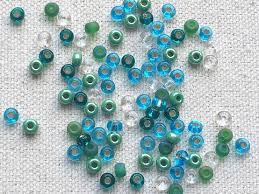12 Important Jewellery Making tools that every Jewellery artist needs

Do you plan to make necklaces, earrings, bracelets, and other Jewellery pieces? yes, So I suggest you, it's a nice decision, Jewellery Making is a great way to tap into your creative side and come out with your Ideas along with having something cool and original to wear. Before you start planning your first jewellery and spend a lot of money on expensive and non-useful jewellery making tools, Have a look on the below list, Where experts have shared essential Jewellery making tools list that helps you to make your Jewellery with a professional finish. 1. Flat Round Plier Flat round plier is an essential jewellery making tool, with a flat round plier, you can make beading jewellery and more types of fashion jewellery. It helps you to open jump rings, finish wire-wrapped ends, and complete a multitude of other tasks you’ve yet to imagine. 2. Round Nose Plier It’s also one of the important tools from the jewellery making tools kit. A round nose plier he...

